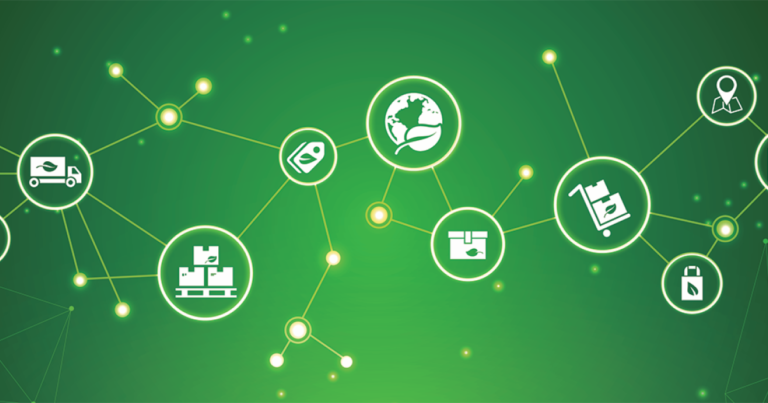Navigating the Future of Work: AG5 and Skills Matrix as Catalysts for Skill-Based Success
AG5 and the Shifting Paradigm of Work:
AG5, or Artificial General Intelligence, is the apex of artificial intelligence advancement. Unlike its narrower competitors, AG5 has human-like cognitive capacities, allowing it to execute a wide range of tasks across several domains. As AG5 becomes more integrated into the workplace, it has the potential to change job positions and the skill sets required for professional success.
The automation of normal and repetitive processes is a basic result of AG5 integration. This shift frees human workers from routine tasks, allowing them to devote their attention to higher-level cognitive activities. As a result, individuals must develop a new set of talents to supplement AG5’s capabilities. Creativity, critical thinking, emotional intelligence, and sophisticated problem-solving abilities are poised to become crucial assets in a world dominated by AI.
Skills Matrix: A Strategic Framework for Competency Mapping
Faced with these dramatic shifts, companies must take a systematic approach to identifying, developing, and managing the skills required for success in the future of work. The Skills Matrix emerges as a strong tool, providing a formal framework for mapping the skills and competences necessary for various organizational positions. It gives a visual picture of employees’ existing ability levels, indicating areas where skill growth is required to meet changing expectations.
Implementing an abilities Matrix necessitates a thorough examination of the abilities required for each function within the firm. Following that, an assessment of the present workforce’s competencies is performed. This two-pronged strategy enables employers to make educated decisions regarding training and development activities, ensuring that their workforce is prepared for a constantly changing labor market. Please visit AG5.com for more details.
AG5 and Skills Matrix Synergy: A Roadmap to Skill-Based Success
The junction of AG5 and the Skills Matrix results in a symbiotic connection that increases the likelihood of skill-based success in the future of work. Let’s look at how these two aspects complement and enhance one another:
Dynamic Skill Recognition:
AG5’s ability to evaluate large information and detect trends enables firms to dynamically assess the abilities required in real-time.
When combined with AG5 insights, the Skills Matrix gives a full perspective of the existing skill landscape inside the business, allowing for informed decision-making.
Adaptive Learning and Development: AG5-powered systems may tailor learning experiences depending on individual employee performance as well as the organization’s changing demands.
The Skills Matrix helps with this by allowing training programs to be tailored to specific skill gaps, enabling a targeted and efficient approach to skill development.
Strategic Workforce Planning: AG5’s predictive capabilities for future skill requirements enable firms to prepare for workforce changes in advance.
By anticipating possible talent shortages and linking recruiting efforts with growing skill demands, the Skills Matrix becomes a useful tool for strategic decision-making.
Agile Talent Management:
AG5 enables firms to change their talent strategy in real-time by facilitating constant monitoring of industry trends and technical breakthroughs.
The Skills Matrix facilitates agile personnel management by allowing for fast changes to training programs and skill acquisition activities depending on changing business needs.
Integrating AG5 and the Skills Matrix to Unlock Organizational Potential:
As businesses embrace the digital revolution, integrating AG5 and the Skills Matrix becomes critical to realizing their full potential. This integration goes beyond traditional people management limits and ushers in a new era of strategic workforce development. The combination of cutting-edge technology and smart skill mapping enables firms to not just survive but thrive in an unpredictable and rapidly changing environment.
Dynamic Talent Acquisition:
AG5’s predictive analytics enable firms to properly foresee future skill demands.
The Skills Matrix helps with focused recruiting efforts by identifying specific skill sets needed for prospective positions, facilitating a smooth transition into a future-ready workforce.
Continuous Learning Ecosystem: AG5’s adaptive learning capabilities create the path for each employee to have tailored professional development programs.
The Skills Matrix serves as a framework for individual development plans, ensuring that they correspond with company goals and expected future skill demands.
Agile Organizational Structure: The real-time insights provided by AG5 enable firms to quickly modify their structures in response to market movements.
The Skills Matrix facilitates the identification of skill shortages in current teams, allowing for deliberate reshuffling and upskilling to correspond with changing organizational demands.
Enhanced Employee Engagement:
Employees are freed up to focus on activities that need creativity and critical thinking thanks to AG5’s automation of repetitive chores.
The Skills Matrix guarantees that employees have the appropriate skills, promoting a sense of success and empowerment, and ultimately increasing job happiness.
Considerations and Challenges:
While the combination of AG5 and the Skills Matrix offers enormous promise, it is not without difficulties. Ethical considerations, data privacy problems, and the possibility of employment displacement are all key factors that must be carefully considered. Organizations must establish a balance between technical innovation and human wellbeing, ensuring that progress is accomplished in a human-centric manner.
Ethical AI Implementation: To ensure responsible and unbiased usage of AI technology, organizations must build strong ethical frameworks for AG5 adoption.
The Skills Matrix’s algorithms should contain ethical concerns, supporting fairness and openness in talent management procedures.
Data Privacy and Security: Because AG5 relies on large datasets, strong data privacy safeguards are required to protect sensitive employee information.
To preserve the confidentiality of individual skill evaluations and corporate talent data, the Skills Matrix should employ strong security mechanisms.
Concerns About Job Displacement:
Organizations must address job displacement issues proactively by stressing the enhancement, rather than replacement, of human talents.
As vital components of the Skills Matrix, reskilling and upskilling programs should be included to provide a seamless transition for individuals whose occupations may be disrupted by automation.

